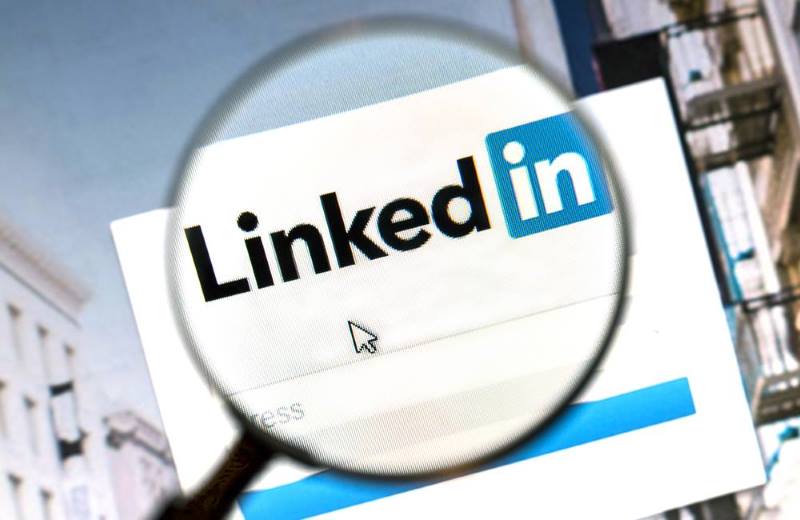LinkedIn profiles mean more than you think. When searching for a new job, it’s important to spend time working on your profile. You want to make it shine.
Why? Because a vast majority of employers go to LinkedIn first to check out potential employees. It’s also used extensively by recruiters to find people suited for specific jobs.
It doesn’t pay to let it slide. When updating LinkedIn, keep these issues in mind.
Should LinkedIn Profiles Match Resumes?
If your work history as described on LinkedIn does not match what is on your resume, that’s a problem. That signals you are not a detail-oriented person. Or, worse, that you are sloppy with facts. Major discrepancies are a red flag to employers.
Is It Complete?
If a LinkedIn profile appears only half-finished or not up-to-date, that’s a major turnoff. It’s hard to tell if you are a good match for a job if you have not provided a complete picture of your work history, skill sets and accomplishments. More than anything else, it’s just a bad first impression.
Is The Photo Professional?
Photos from your ski lodge vacation in Colorado are awesome on Facebook. Not so much on LinkedIn. Try to avoid using selfies. Rather, get a photo that makes you look professional. After all, that’s the whole idea behind LinkedIn – networking with professionals. This can, of course, vary from field to field. For creative types, it might be OK to be a bit less conventional.
Does It Show Expertise?
Remember to be specific with what you have done and your skills. Vague sentences such as “10 years of experience in healthcare” doesn’t tell anyone much of anything. Talk about, and give examples of, your specific work experience.
Is Your Network Substantial?
Those on LinkedIn with just a handful of contacts are not appealing to many employers. You don’t have to be one of those people who spends all day trying to get thousands of contacts. But getting around several hundred is a good step. Just make sure the contacts are all solid, quality professionals.
Is Your Content Good?
This is probably the hardest part of LinkedIn. Where once people spent days crafting a perfect resume, that effort now must go into LinkedIn.
In writing about yourself, there are critical issues to keep in mind.
- Keep things short. Convey your work history, skills and accomplishments as quickly as possible. Make it easy to read.
- Craft a good headline. Make sure the headline that goes with your profile includes keywords for your industry and career field. That way it will turn up on searches.
- Use bullet points. Like the ones you are reading now.
- Cut out jargon. Tell people simply and plainly about your skills and experience. Don’t confuse them with tons of buzzwords and jargon. No one is impressed.
Are Recommendations Concise?
Most recruiters and employers will not wade through hundreds of long recommendations. The best recommendations are short and highlight one aspect of your skills.
LinkedIn profiles are a crucial component of any job search. Not having one shows a person is not keeping up with the modern workforce. Keep the above areas in mind and craft a profile page that will appeal to employers and recruiters alike.






